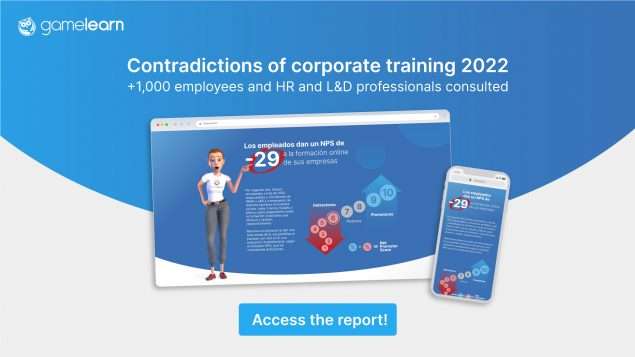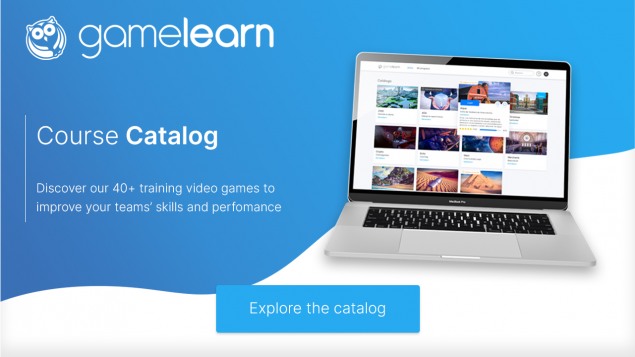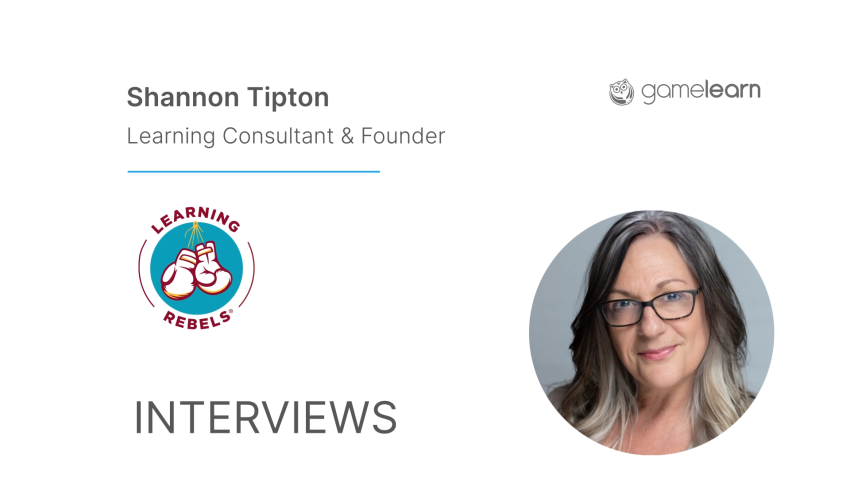Training and development should be continuous throughout a professional’s career. From the perspective of an HR manager, gaining new knowledge and skills allows employees to be better prepared for the challenges they face on a daily basis, in addition to increasing their confidence, improving certain skills, and enhancing their personal satisfaction. In this way, training their professionals enables companies to have more competent teams that can quickly resolve critical situations. Training can also help new employees at an organization to cope with managing internal problems and conflicts and contribute to improving cooperation between teams.
More and more HR managers realize that employees who don’t actively participate in training are less qualified, simply because of the rapid evolution of technology, markets, products, the business ecosystem, and customer behavior.
Employees and training today
Professionals may have some resistance to change, which is understandable since change tends to generate discomfort. For this reason, having flexible training provides several advantages, such as adapting to any situation. It’s important that professionals are well prepared and have the tools they need to keep up with the constant changes in business. Flexibility is beneficial for professionals’ self-development, as it allows them to broaden their horizons. For example:
- Discovering their true purpose and goals.
- Analyzing their skills and how they can help achieve their desired results.
- Understanding what motivates them.
- Finding out the company’s needs and how to differentiate themselves.

A daily rhythm that’s too intense
Face-to-face training has shown its limits over time and no longer allows employees to develop according to their needs. On the other hand, digital learning overcomes the obstacles imposed by the accelerated pace of modern life, since it allows acquiring or updating knowledge and skills at the most convenient time and place for the student, provided that the course deadlines are met. It’s based on giving autonomy to the student, who is responsible for taking the initiative when completing the tasks proposed by the trainers, participating in the discussion forums, and exploring and studying the material through the interactive content provided on the platform.
Students benefit from the flexibility, since they can access the course content anywhere and at any time, according to their availability and learning pace. This flexibility also allows participation and communication with the trainer at the most appropriate times. Combining time with the necessary pace helps students complete assignments under the pressure of their daily commitments.
E-learning, the solution to make the most of training
Since the student chooses the time to learn, online courses are more effective than face-to-face courses. In addition, the latter can be too intense, as the student has to assimilate a lot of information in a limited time. E-learning allows you to pace the learning sessions to obtain the best results. It’s a suitable solution for employees who use public transport, for example, and want to take advantage of this time to learn, or for salespeople who commute often.
E-learning is a real-time saver thanks to fast, consistent, and practical modules. It allows offering high-quality training modules, which can be a mixture of different forms of learning: quizzes, videos, audio files, games, practical cases, exercises, etc. These modules are usually very complete and are designed to make the student feel motivated.
E-learning is an excellent way to modernize training courses and make students want to learn. It can also promote team spirit around a virtual project.
To offer an extra element of motivation, e-learning modules can be gamified. Gamification generates a higher participation rate. Therefore, gamification provides an attractive and impactful experience for students. In short, it mixes learning with fun. When you add gamification to e-learning or transform it into game-based learning, it allows you to create interactive and playful formats, making the process of acquiring information faster and more sustainable because it’s not absorbed by the routine of rote learning, but by reflection and immersion in the game.






